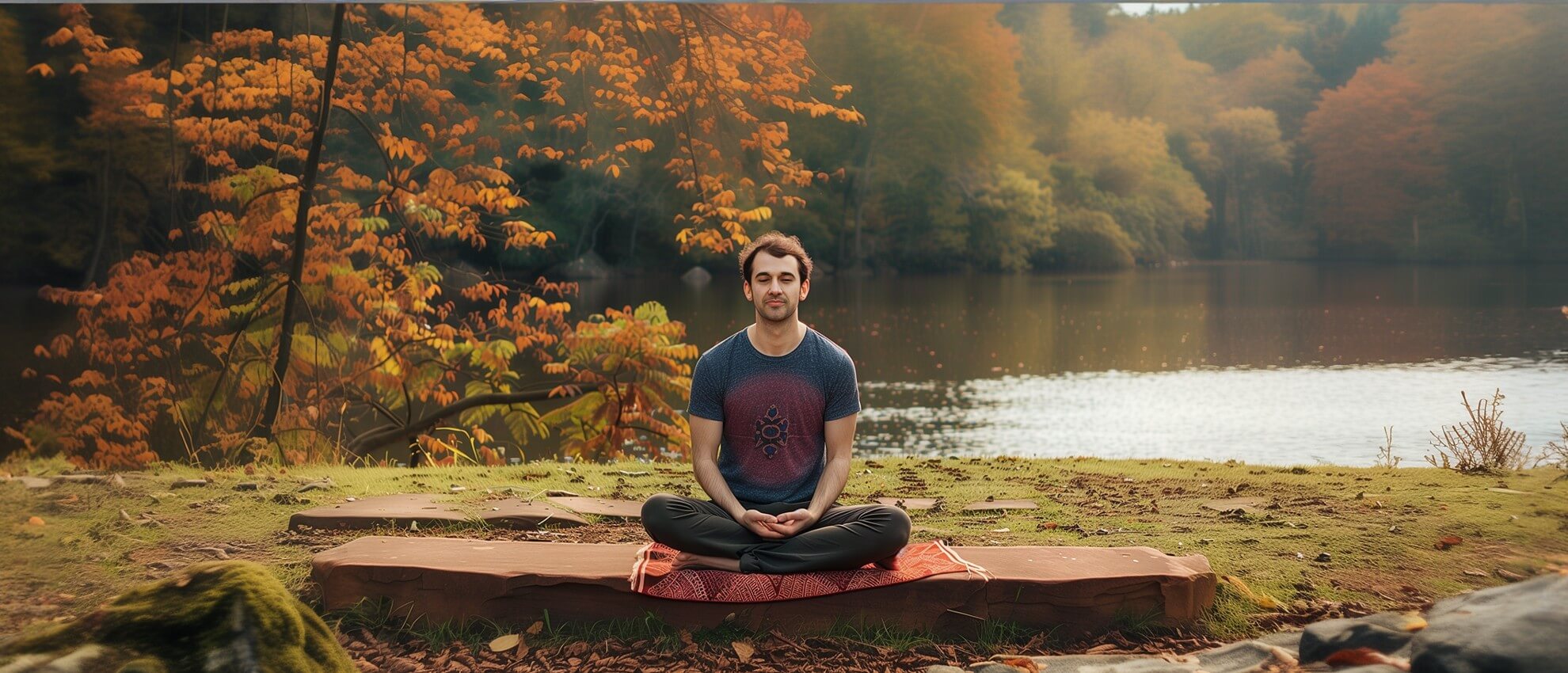How to Meditate? Understanding Mindfulness for Everyday Life
How to Meditate? Understanding Mindfulness for Everyday Life
Blog Article
Just How to Meditate: A Step-by-Step Strategy to Getting Mindfulness and Calmness
Reflection serves as a powerful device for achieving mindfulness and psychological calm in a hectic world. By comprehending the basic concepts and methods associated with reflection, people can cultivate a practice that improves their total well-being. This conversation will certainly outline crucial steps, from producing a favorable setting to integrating meditation into everyday routines. As we check out these parts, it comes to be clear that the trip to mindfulness is not simply about the act of being in silence, however rather concerning fostering a much deeper connection with oneself and the world around us. What might this transformation involve?
Recognizing Meditation
Recognizing reflection entails grasping its basic concepts and strategies, which function as the structure for the practice. At its core, meditation is a mental workout targeted at advertising relaxation, developing interior power, and establishing compassion and insight. The technique urges people to focus their interest, often via strategies such as deep breathing, visualization, or rule repeating.
Meditation can be categorized right into various designs, consisting of mindfulness, transcendental, and loving-kindness reflection, each with unique purposes and techniques. Mindfulness meditation emphasizes present-moment awareness and non-judgmental monitoring of sensations and thoughts, while copyright entails the usage of particular mantras to go beyond normal thought processes. Loving-kindness reflection focuses on developing a perspective of love and empathy in the direction of oneself and others.
Despite the strategy employed, the key objective remains regular: to cultivate a much deeper understanding of the mind and its patterns. This self-awareness promotes emotional strength, clearness of idea, and a profound feeling of calm (How to meditate?). By recognizing these methods and concepts, individuals prepared for a successful reflection technique that can significantly improve their total wellness
Planning For Your Practice
Prior to starting your meditation technique, it is necessary to develop an environment helpful to focus and relaxation. Select a quiet area where you are not likely to be interrupted. This could be a corner of a space, a yard, or any location that stimulates a sense of peace. Make sure that the location is clean and free of clutter, as a tidy environment can assist clear the mind.
Think about the lighting, as all-natural light can boost your state of mind and power. Soft, cozy illumination is often more calming than rough fluorescent lights. In addition, pick a comfortable temperature, ensuring that you are neither too hot neither too cool.
Including aspects that promote harmony can additionally improve your experience. This might include soft pillows or blankets for comfort, in addition to calming fragrances from necessary oils or incense. It can also be beneficial to have a timer established for your reflection session to stop interruptions from clock-watching.
Fundamental Meditation Strategies

Another efficient method is body scan reflection. This entails mentally scanning your body from head to toe, seeing any areas of tension or discomfort and purposely kicking back those muscles. This method cultivates a deeper connection in between your mind and body.

Lastly, loving-kindness meditation concentrates on growing compassion in the direction of on your own and others. Silently repeat expressions of goodwill, enhancing psychological wellness and interconnectedness. Each of these techniques functions as a foundation for your reflection journey, allowing you to discover the method that reverberates finest with your individual method.
Maintaining Emphasis and Mindfulness

Developing a devoted additional reading meditation space can enhance the ability to maintain mindfulness. A quiet, minimalist setting decreases interruptions, permitting deeper immersion in the practice. Additionally, establishing a time frame can assist manage expectations; starting with shorter sessions may reduce the change right into longer methods.
Using techniques such as body scanning or observing sensations can likewise reinforce mindfulness. These approaches encourage professionals to stay existing and engaged with their physicality, anchoring their interest in the moment. Normal practice is vital; the mind builds strength gradually, producing a stronger ability for focus.
Incorporating Meditation Into Daily Life
Including reflection right into every day life can change regular activities right into chances for mindfulness and self-reflection. By incorporating mindfulness methods into usual jobs, individuals can grow a greater feeling of existence and tranquility in the middle of the busyness of day-to-day life.
Begin by identifying moments throughout your day where you can practice and stop briefly mindfulness. Also mundane tasks like cleaning dishes or walking can become opportunities for meditation by routing your attention to the feelings of motion and the sounds surrounding you.
Furthermore, alloting dedicated times for meditation can enhance its method. Begin with brief sessions, progressively raising duration as you become a lot more comfortable. Usage tips or signs-- like a particular time of day or a calming sound-- to establish consistency.
Inevitably, the goal is to weave mindfulness into the textile of day-to-day live, permitting you to come close to each minute with intent, consequently improving your overall sense of you can try these out wellness and clarity.
Conclusion
In final thought, effective reflection requires a silent environment, a comfy position, and an emphasis on the breath. Regular reflection, even in quick sessions, promotes a deeper connection to the existing moment, inevitably leading to higher tranquility and mental quality in daily life.
Reflection can be classified into numerous designs, consisting of mindfulness, transcendental, and loving-kindness meditation, each with distinct objectives and approaches. Mindfulness reflection stresses present-moment understanding and non-judgmental monitoring of sensations and thoughts, while transcendental reflection entails the use of specific mantras to go beyond ordinary idea procedures.With your meditation area prepared, it's time to discover various fundamental reflection techniques that can aid cultivate mindfulness and inner peace.Consistently preserving emphasis and mindfulness click for more throughout meditation can be difficult, especially for those brand-new to the method.Establishing a specialized meditation space can improve the capacity to preserve mindfulness.
Report this page